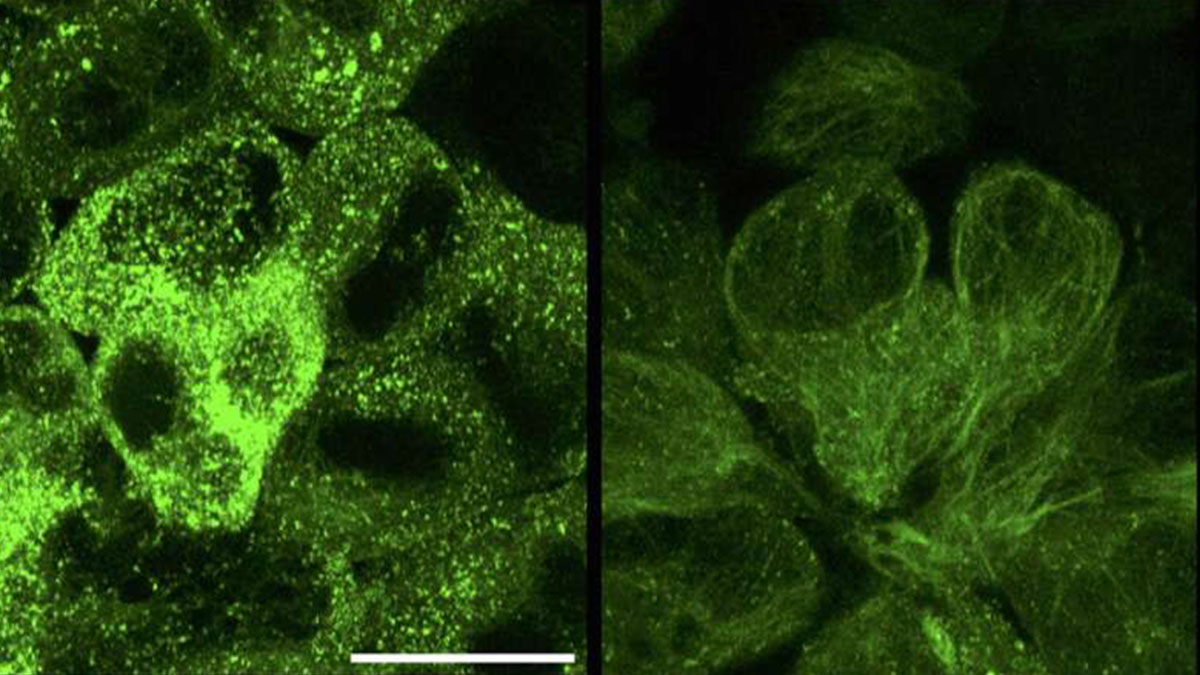
Recent research has unveiled a groundbreaking approach to treating Alzheimer’s disease by targeting and destroying tau tangles. These tangles are harmful protein clumps that disrupt brain function. Scientists from the UK have developed innovative therapies that show promise in improving symptoms of neurodegeneration, as demonstrated in studies involving mice.
What Are Tau Tangles?
Tau tangles are abnormal clumps of tau protein that accumulate inside nerve cells. They are a hallmark of Alzheimer’s disease and other neurodegenerative conditions. Unlike amyloid plaques, which form between brain cells and are targeted by some new treatments, tau tangles form inside cells and are harder to reach with current therapies.
How Does the New Therapy Work?
The new therapies focus on selectively removing tau tangles while leaving healthy tau proteins intact. Here’s how they achieve this:
1. Using TRIM21 for Targeted Destruction
The key to this new therapy is a protein called TRIM21. Originally discovered for its role in the immune system, TRIM21 can be repurposed to target and destroy tau tangles:
- Selective Targeting: TRIM21 can differentiate between disease-linked tau tangles and healthy tau, ensuring only the harmful aggregates are removed.
- Effective Removal: The therapy can clear existing tau tangles, not just prevent new ones from forming.
2. Innovative Therapy Techniques
Two new therapeutic approaches have been developed using TRIM21:
- RING-nanobody: This combines a small antibody (nanobody) that binds to tau with the TRIM21 RING, which marks tau aggregates for destruction.
- RING-Bait: This approach attaches TRIM21 to a copy of tau protein, acting as bait. The aggregates incorporate this bait, leading to their destruction.
Research Findings
Recent studies published in Cell and Science demonstrate the success of these therapies:
- In Mice: The therapies reduced tau tangles and improved motor functions in elderly mice.
- Effectiveness: The new treatments showed promise in not only reducing tau aggregates but also in potentially slowing the progression of neurodegenerative symptoms.
Potential for Other Neurodegenerative Diseases
These therapies could have applications beyond Alzheimer’s disease. The approach might also be used for other conditions characterized by protein aggregation, such as:
- Motor Neuron Disease
- Huntington’s Disease
- Parkinson’s Disease
Future Directions
While these therapies show great potential, there are still challenges to overcome:
- Human Trials: The therapies need further development and testing in humans to ensure safety and effectiveness.
- Gene Delivery: Developing safe and effective methods to deliver these treatments to the human brain is a significant hurdle.
Conclusion
The new TRIM21-based therapies represent a promising step forward in treating Alzheimer’s disease. By specifically targeting and destroying tau tangles, these treatments offer hope for improved management of neurodegenerative conditions. Continued research and development are essential to bringing these therapies to clinical use.
References
- “New therapy that targets and destroys tau tangles: A promising Alzheimer’s disease treatment,” Cell and Science journals.
- UK Dementia Research Institute (UK DRI) at the University of Cambridge.
- Medical Research Council Laboratory of Molecular Biology (MRC LMB), Cambridge, UK.
